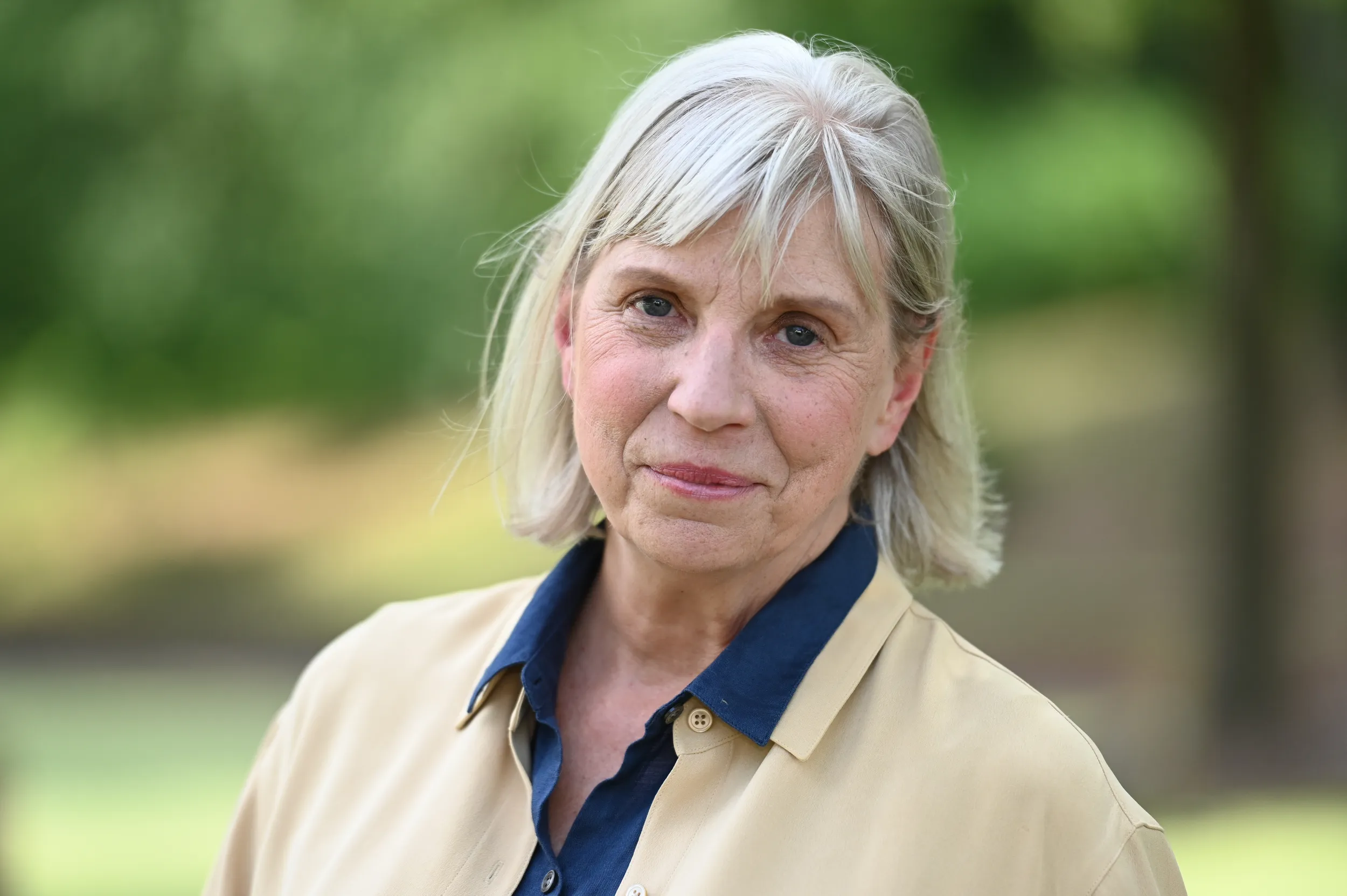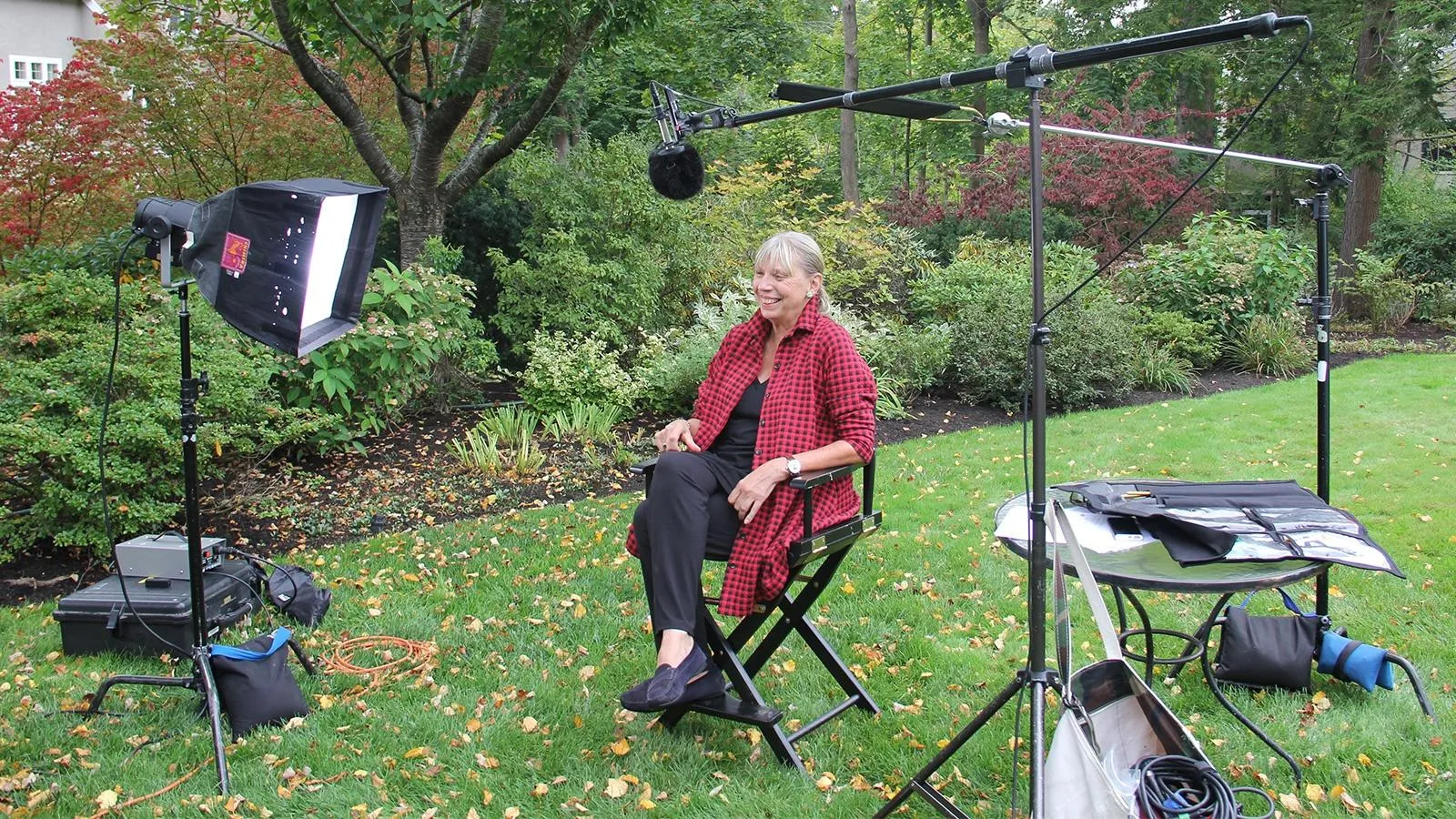Colleene Fesko - 1913 Louis Agassiz Fuertes Drawings & Sketches
HOST: From sand art to... bird art. Paintings expert and self-described nerd Colleene Fesko couldn't believe it when she was contacted by a prestigious museum about a parrot painting and other items she'd appraised in El Paso in 2011. She was even more surprised when she realized which part of the varied collection they were really after.
APPRAISER: This gentleman Brian came up to the painting desk, and what I first noticed was the beautiful watercolor of a parrot, and then he showed a wonderful
drawing, a very detailed drawing of a big cat. And then, three journals written by the guest's grandfather. His name was Tom Ring.
GUEST: My grandfather went on an expedition for the American Museum of
Natural History in 1913, and Fuertes was the artist on that expedition. My grandfather wrote journals and Fuertes put drawings in the journals and gave my grandfather these paintings.
APPRAISER: Let me tell you a little bit about Fuertes. He was always interested in nature and birds and animals. He ended up illustrating many, many books. One of the things that he also did a lot of was to hire himself out as the artist for these expeditions.
APPRAISER: I was excited, because Fuertes has always been a favorite of mine.
I love ornithological imagery, and Fuertes is one of the most important ornithological artists of his time. We experts on the ROADSHOW have in some ways a very narrow vision. We see something, and we know why it's important, and don't think of the myriad of other reasons that it might be important, as well. I was focusing on the Fuertes watercolors and the drawings, thinking that was really interesting. But what I was first fascinated about was really three steps away from the whole story, and... The story just gets more interesting as we go on.
APPRAISER: Sketchbooks are very funny, because there's no great way to present them or to discuss them, because they're so intimate.
GUEST: Mm-hmm.
APPRAISER: But between your grandfather and Fuertes, they really captured the very, very best of expedition-style sketchbook keeping. Tom Ring was quite a guy, I mean, he was a real outdoorsman, hunter. And when he was in Colombia, he was probably 24 or 25. So a young guy from Michigan going out there and... Fuertes wasn't much older. It was hard, hard, hard work. They were on mules, they were on boats, they were on steamers. They mentioned one time in the, in the diaries that it was supposed to be the dry season, but it rained twice a day. The bugs, the mosquitoes, the animals... That was real jungle. (laughs)
APPRAISER: This is a wonderful example of a study of a group of birds. This is my favorite. That's, actually, that's my favorite, too. And this is something that you don't really see with Fuertes very much, which is the human figure.
GUEST: Mm-hmm.
APPRAISER: He was much happier with animals. In terms of the value of the pieces, Fuertes, a highly, highly collected...
GUEST: Oh, really?
APPRAISER: ...naturalist artist.
GUEST: Mm-hmm.
APPRAISER: I would estimate the parrot at between $5,000 and $7,000.
GUEST: Wow.
APPRAISER: The hunt scene at $3,000 to $5,000.
GUEST: Okay.
APPRAISER: And the three sketchbooks, which also include other drawings, at $3,000 to $5,000.
GUEST: Well, great!
APPRAISER: Shortly after the appraisal was on television, I was contacted by Paul Sweet from the American Museum of Natural History in New York. And you all know what, what nerds your appraisers are. So getting a call from the museum was like getting a call from Mick Jagger to me. I mean, it was-- I was so excited that they were calling and so excited that they were calling about something that I had appraised. And of course, I thought, because my appraisal was so based on it, that it was about the Fuertes watercolors and drawings and the pieces that were in the journals. But in fact, he was most interested in was the journals. The museum has academic journals. They're very, very, very scientific. Tom Ring was just talking about the day-to-day of that expedition that gave them a boots-on-the-ground view that they didn't have before. When Brian heard about the museum's interest in them, he was very happy with the idea of donating them to the museum. The museum has many Fuertes. So, Brian kept the two works on paper. The journals are now kept in the archives of the department of ornithology at the American Museum of Natural History, and they're available to scholars or people doing research on that expedition. If I did the same appraisal for Brian today as I did in 2011, the values would be very similar. The monetary value of the journals hasn't changed, but the intellectual property of them has gone up a great deal, because this just adds a flavor to the expedition notes that didn't exist before.

$11,000 - $17,000 Auction
Colleene Fesko
Featured In

episode
Extraordinary Finds 2
Learn what happens to more standout treasures after the ROADSHOW cameras stop rolling!
Understanding Our Appraisals
Placeholder





